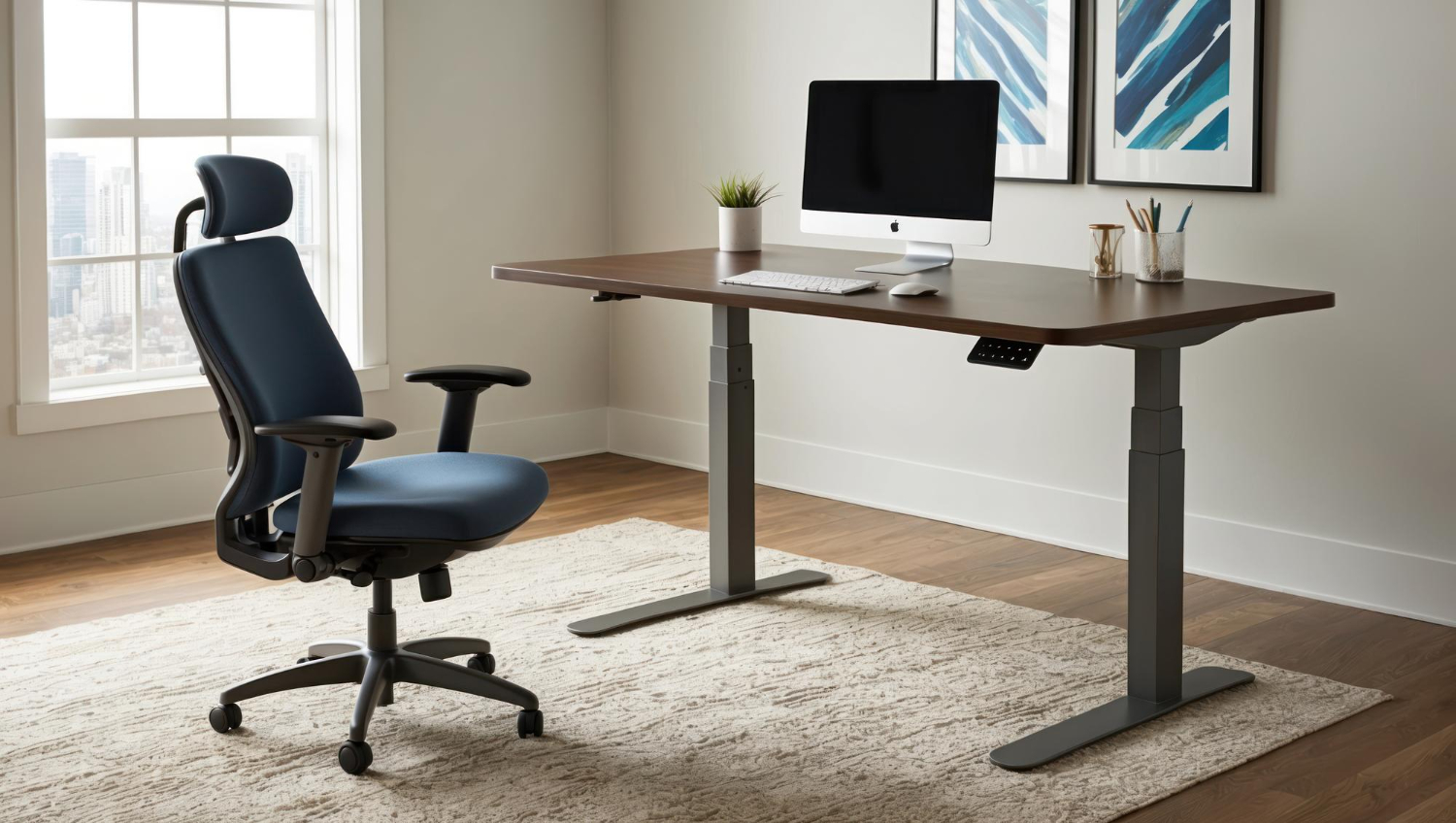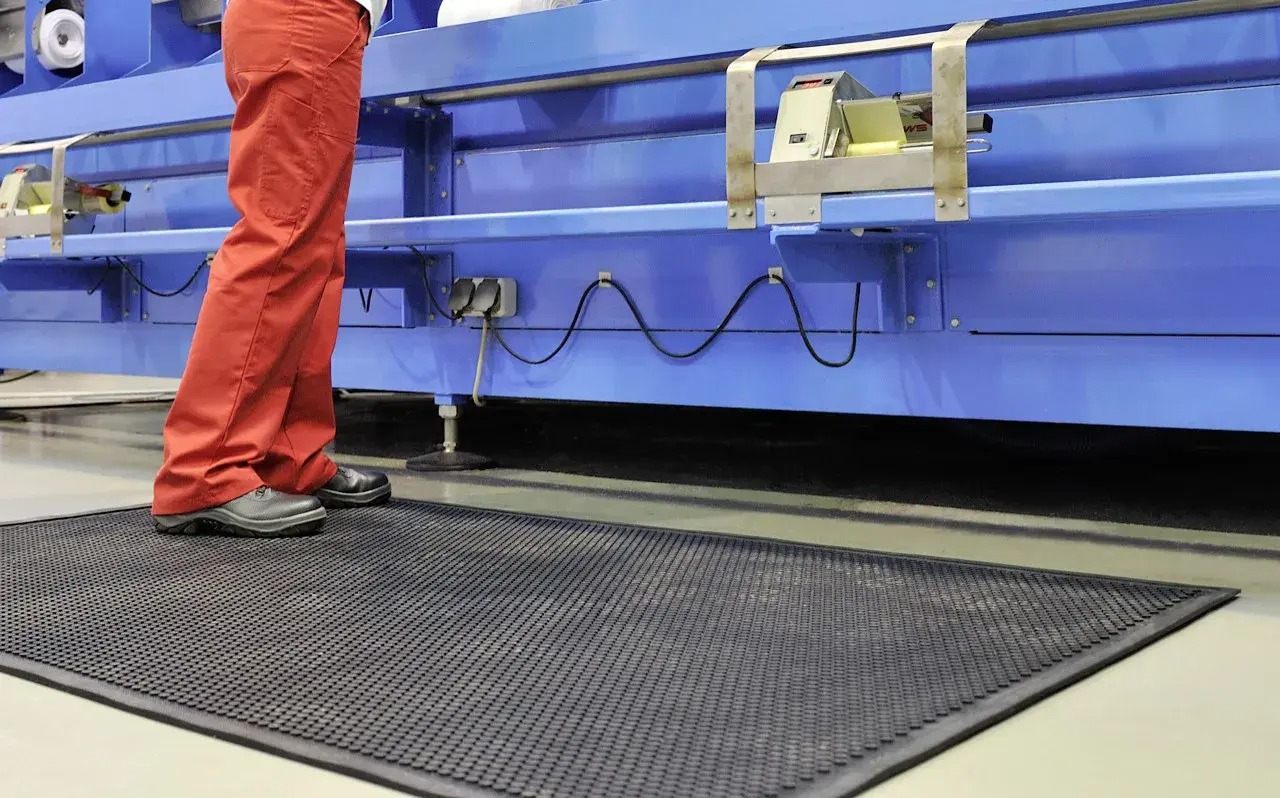We often hear about ergonomics furniture or equipment, frequently supported by research and engineering. The underlying concept is straightforward: designing the workspace and tasks to suit the worker, rather than forcing the worker to adapt to suboptimal conditions.
Here, we will outline specific scenarios and solutions where ergonomics has a significant part to play. These instances show how thoughtful design and adjustments can address common problems like strain, aches, and discomfort. This allows your surroundings to work with you, fostering a smoother workflow and contributing to greater efficiency and job satisfaction.
The Value of Ergonomics in the Workplace
Ergonomics is the science of designing the job to fit the person. Its main purpose is to remove roadblocks and difficulties during work tasks by optimizing the workspace, tools, and processes. This optimization works towards an environment that actively supports productivity. A major aspect is making sure equipment can be used comfortably and safely, without leading to pain or injury, and making tasks accessible for people with various physical conditions or abilities.

A well-designed office with ergonomics furniture promotes comfort and productivity.
Good ergonomics practices aim to have a notable positive effect on employee health and well-being. By lessening physical stress and the likelihood of musculoskeletal disorders (MSDs) like tendonitis or back pain, ergonomics contributes to a healthier workforce. At the same time, it can improve work pace, productivity, and efficiency. When workers are comfortable and tasks are better designed, they can perform more effectively. Furthermore, attention to ergonomics shows that an employer values its workforce, which can improve job satisfaction and morale. It is about creating a human-focused workplace where safety and output are considered together.
10 Examples of Ergonomics Principles in Action
Without actively looking for ergonomics principles, their presence and benefits might be missed. However, in a well-arranged workspace, examples of ergonomics are often seamlessly built into the surroundings and work methods.
1. Fully Adjustable Seating

Adjustable seating supports proper posture and reduces discomfort.
Office chairs that lack proper adjustability for the user can be a source of discomfort. Incorrect seat height may lead to pain in the hips, legs, and lower back. Ergonomics seating offers multiple adjustments.
Height adjustment allows the user’s feet to rest flat on the floor, with thighs generally parallel to the floor. Lumbar support should fit the natural curve of the lower spine to help prevent slouching. Adjustable armrests can support the forearms, reducing shoulder and neck tension. A chair with these features accommodates various body types and encourages a supported posture.
2. Adjustable Height Workstations
The height of your main work surface, such as a desk, is another factor. For those who find prolonged sitting uncomfortable, a standing desk (or sit-stand desk) provides the option to switch between sitting and standing. This dynamic approach can positively affect circulation and reduce static muscle load.
Whether sitting or standing, the desk height should allow for a neutral wrist posture while typing – forearms parallel to the floor and wrists straight. A desk that is too high or too low can contribute to awkward postures and potential discomfort.
3. Optimal Monitor Positioning

Correct monitor placement helps prevent neck strain and eye fatigue.
Incorrect placement of computer screens often results in neck pain and eye strain. It’s generally recommended to position the monitor so that the top of the viewable screen is at or slightly below eye level when seated. This promotes a neutral neck posture. The monitor should also be at a comfortable viewing distance, usually about an arm’s length away, to lessen eye fatigue. Using monitor arms or risers helps achieve the needed adjustability.
4. Keyboard and Mouse Placement and Design
The arrangement of input devices like the keyboard and mouse affects wrist and forearm posture. These items should be placed to allow elbows to rest near the sides, with wrists kept straight. Reaching too far can strain shoulders. Additionally, ergonomics keyboards (e.g., split or curved) and ergonomics mice (e.g., vertical) can encourage more natural hand and wrist positions for intensive users, potentially lowering the risk of strain.
5. Appropriate Workplace Lighting

Proper lighting reduces eye strain and enhances workplace comfort.
Lighting conditions can significantly influence workplace ergonomics. Insufficient light may cause eye strain, while too much light or glare can lead to visual discomfort. An ergonomics strategy involves providing suitable and adjustable lighting. This often means combining general ambient lighting with controllable task lighting (like a desk lamp). Positioning workstations to reduce direct glare and using blinds or anti-glare filters are also practical steps.
6. Ergonomically Designed Tools and Handles
Ergonomics is relevant beyond just office settings. In fields like manufacturing or healthcare, hand tool design is important. Tools should have handles designed for a comfortable grip, reducing the force needed. For tools that vibrate, vibration-dampening features are beneficial to lessen exposure and associated risks. The weight and balance of tools also affect user comfort and strain.
7. Use of Anti-Fatigue Matting

Anti-fatigue mats ease discomfort during prolonged standing tasks.
For jobs that require standing for long periods, such as in retail or on assembly lines, the floor surface impacts comfort. Standing on hard floors can lead to fatigue. Anti-fatigue mats offer cushioning and encourage slight muscle movements. This activity can improve blood circulation and lessen the static load, thereby reducing fatigue from standing work.
8. Incorporating Movement and Breaks
Maintaining static postures for extended durations increases the risk of MSDs. A concept within ergonomics is designing work patterns that encourage movement. This includes taking regular breaks away from the workstation and stretching. Even short breaks to stand or walk can alleviate physical stress and mental fatigue, improving both comfort and focus.
9. Utilizing Document Holders
When tasks involve looking at paper documents while typing, repeatedly moving the head down and then up to the screen can cause neck strain. A document holder, placed near the monitor at a similar height, minimizes these awkward movements. It allows for a more neutral neck posture when looking between the document and the screen.
10. Hands-Free Communication Devices

Headsets prevent neck strain and improve efficiency in phone-heavy roles.
In roles with frequent phone use, cradling a handset between the ear and shoulder is an awkward posture that strains the neck. Using a headset offers a hands-free alternative, allowing the user to maintain a better head and neck posture. This not only helps prevent strain but also frees up both hands for other tasks, which can be useful in call centers or administrative positions.
Investing in a Healthier, More Productive Workplace
Thinking about ergonomics is a smart investment in your team’s health and how much they get done. Looking at how tasks and workspaces fit together cuts injury risks, means fewer sick days, and boosts morale. Simple fixes or smart choices help. Regularly checking in and getting employees involved makes things safer and more comfortable for everyone.
Ready to make your workplace safer and more productive?
Talk to Ergo Global today about getting started.



